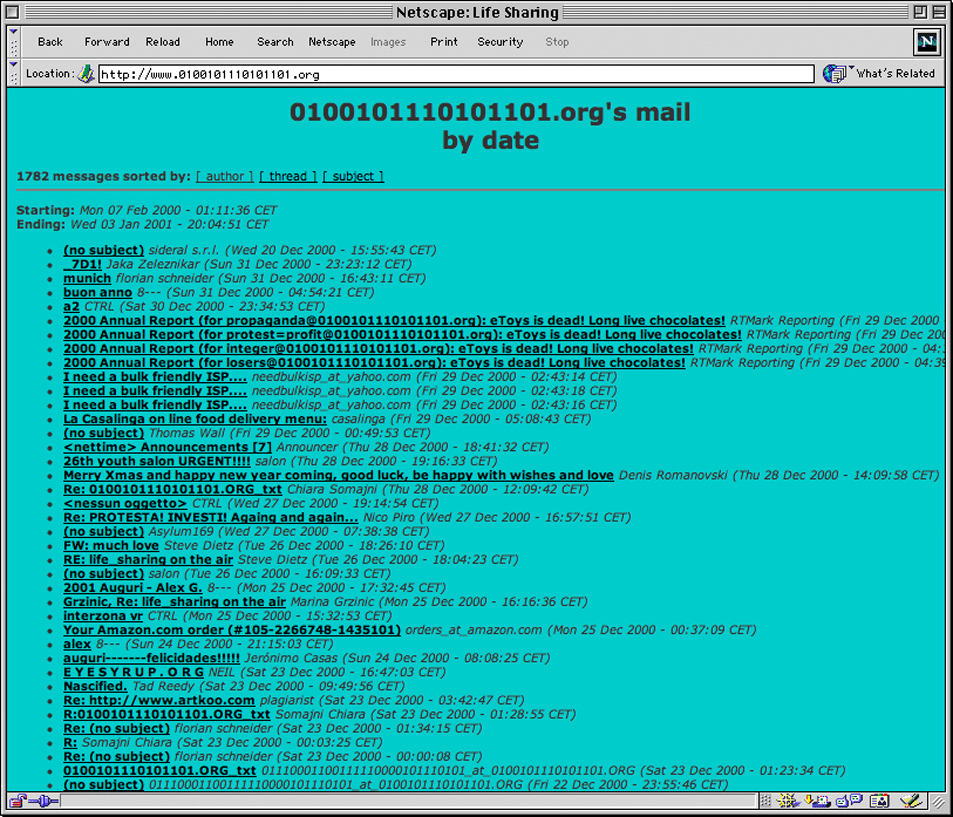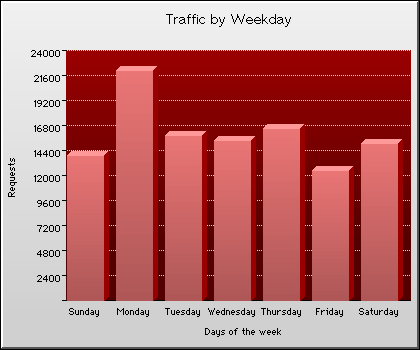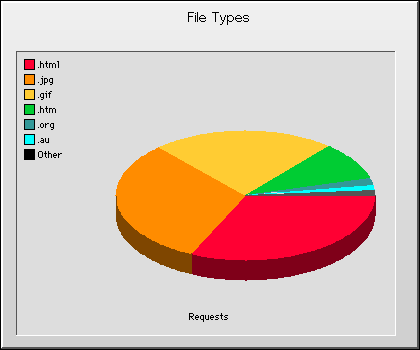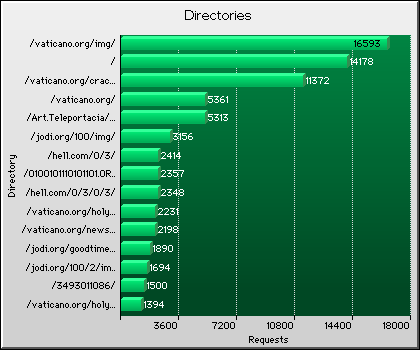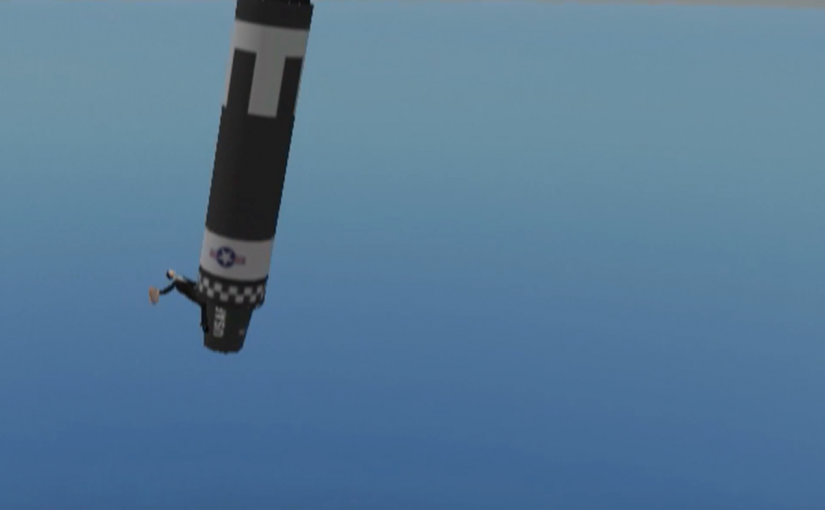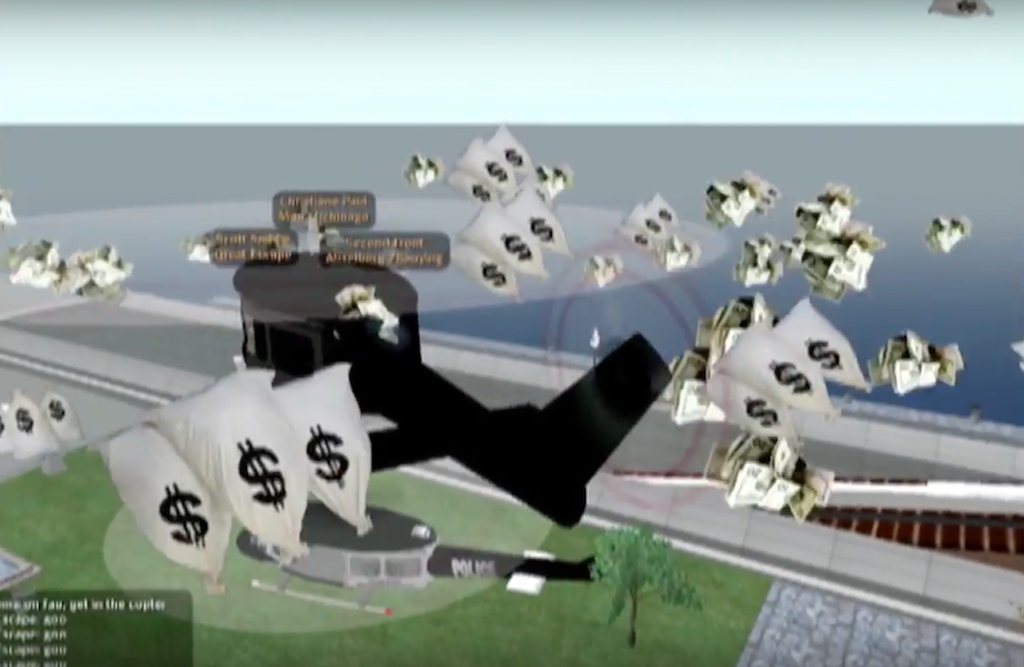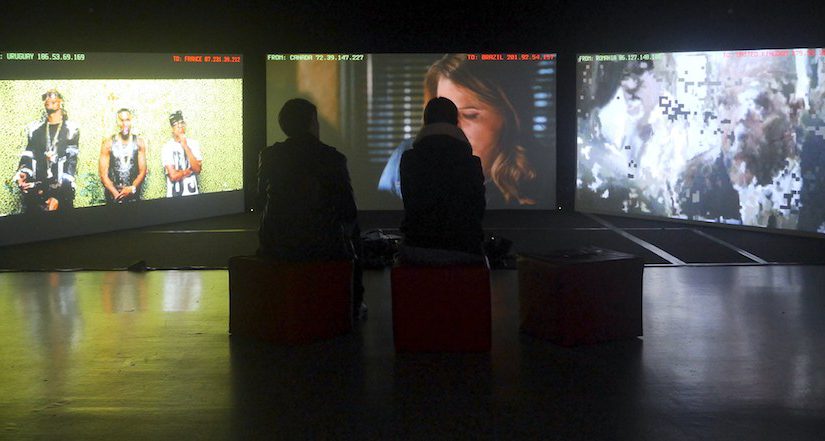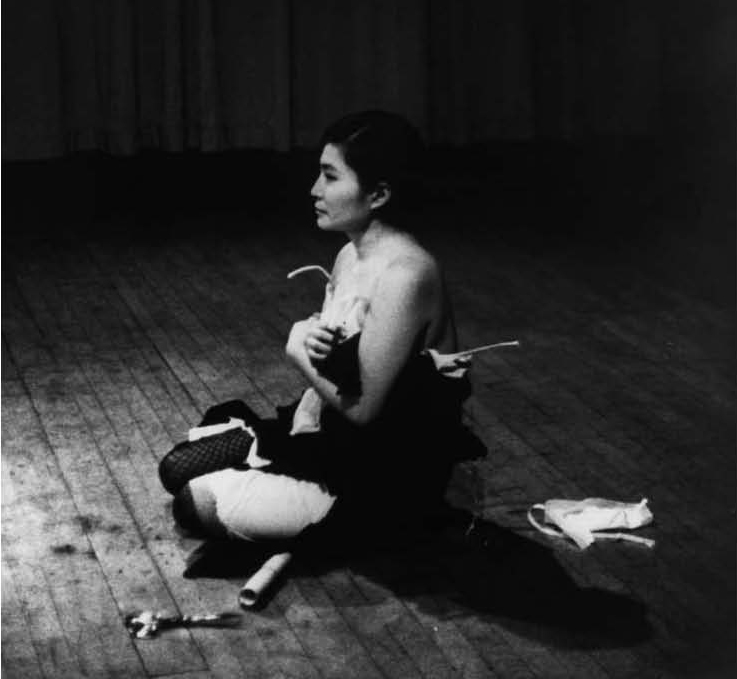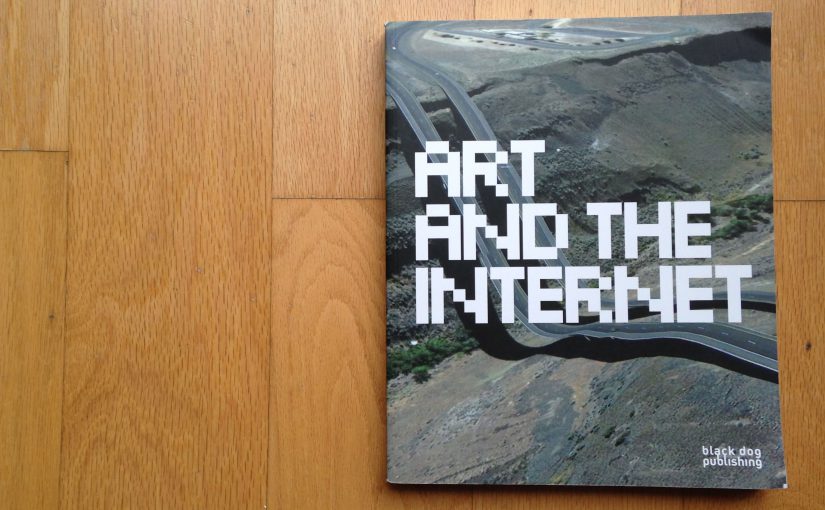Overview
Today, we live social. Our consumption of news information are no longer restricted to the paper press; the advent of the world wide web pioneered a more levelled playing field for news dissemination. It remains noteworthy that despite the theoretically more even news dissemination stage – where all news should have equal opportunities to be viewed and maintain a certain standard of non-fabrication – some news remain, strikingly, more equal than others.
The coming of an unequal playing field
Without barriers to entry and the seemingly lack of regulation of ‘news’ on the web, anything and everything can be news. The social media scene has blossomed, and an increasingly large number of users use the Internet as a news source. To the ordinary and less invested user (read: casual users), they may take these news at face value without questioning its validity. An article by the CCCB further probed the unfairness of the Internet-system (particularly on Facebook) in selectively dishing out articles to users: certain algorithms and user interaction on the net end up inevitably curating a limited, possibly skewed selection of available articles.
That’s not all! With the advent of advertising services, news sites wanting to increase the outreach of their articles for their vested interests, can now pay to make it happen. News on the Internet is no longer just news, it is now a mishmash of curated content not by the user but by others, for the user. Choice is no longer an option.
Vested news sites?

As mentioned earlier, the deliberate curation and structured news feed of particular sites have altered information availability and possibly, driving users into adopting a more limiting opinion based on the limited information. In the two selected articles of Breitbart News and Washington Post – both presenting opposing point of view – there is a startling difference in journalism writing. Breitbart’s news offers a stronger stance with harsher criticism, with blatant usage of irony (“As in, Thanks, guys, we couldn’t have done it without you.”); ironically, it was a strongly opinionated piece obviously missing the crux of the issue: that Flynn left because of his illegal misdoings, whether or not his misdeeds were revealed by wiretapping. The agency of news is questioned: was their purpose to present a fair point of view, or what should be right? Like Trump’s allegiations that Obama wiretapped him at Trump tower during the last election, the writing is unfortunately similarly, not substantial.
Parody: bringing humour to political news
What’s now new or news? As the reporter of the video excerpt mentioned, “they (viewers) ain’t going to stop”. Parody makes the topic more relatable and palatable for viewers to digest, and they do want more. In spite of the parody treading on uneasy waters – while clearly touching upon a sensitive topic, the skit clearly had no strong directive on their own. Instead of making a personal statement, it purposed itself as a catalyst, to instead further spark off debate. Its constructed artificiality purports itself as an interesting dilemma, of both the fake, and the real.







